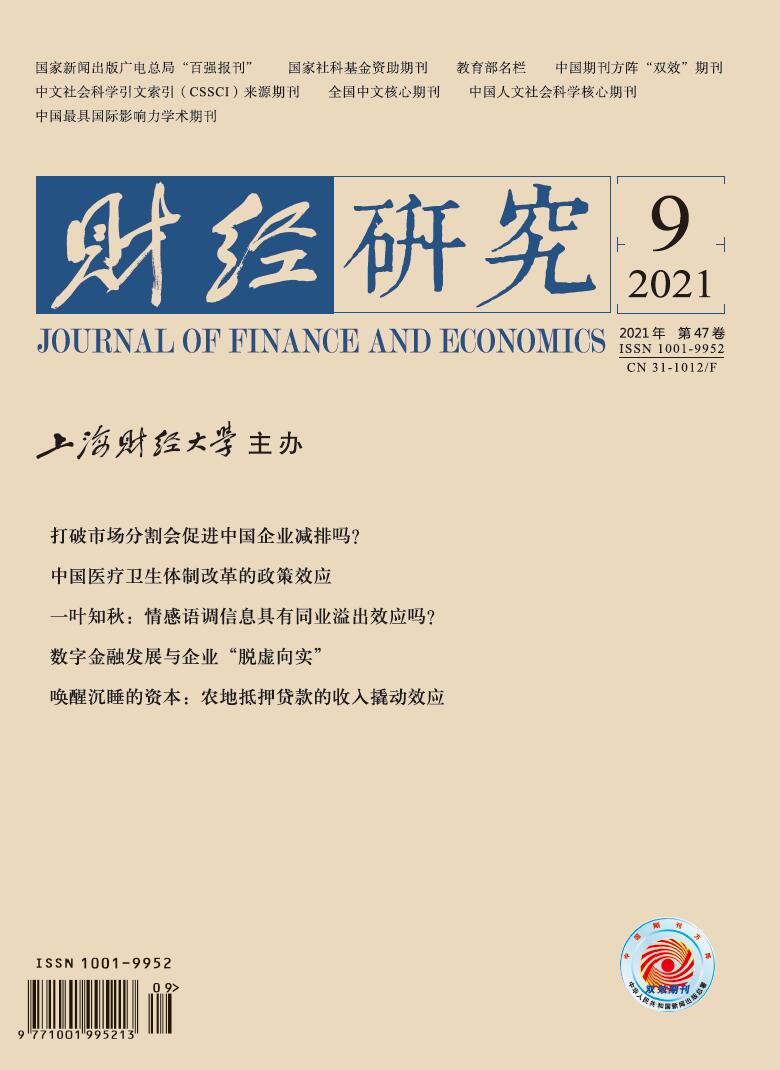The construction of the national governance system and the improvement of governance capability are the cornerstone for promoting stable social and economic development, which profoundly change the corporate external operating environment and then have an effect on the reform of internal corporate governance. Innovation is the inexhaustible driving force to enhance the core competitiveness of enterprises and prosper the market economy. So what effect will the corporate participation in external governance have on corporate innovation? Meanwhile, the government and the market give full play to the role of resource allocation in the process of corporate participation in governance. So is market competition an incentive for enterprises to innovate in the participation of social governance? Does the participation in governance affect corporate innovation only at the stage of innovation input?
Based on the above problems and the background of listed companies’ participation in poverty alleviation, this paper explores the influence of participation in governance on corporate innovation from the two levels of macro governance and micro governance, the two perspectives of government and market, and the two dimensions of input and output, by using A-share listed companies in Shanghai and Shenzhen from 2016 to 2019 as the research sample. The empirical evidence suggests that enterprises which participate in governance will have “the pressure of governance” and generate the crowding-out effect of innovation investment to a certain extent from the perspective of investment. In other words, the poverty alleviation behavior of listed companies is significantly correlated with the intensity of innovation investment. However, greater market competition can significantly reduce the crowding-out effect and promote the incentive effect of innovation which functions as fundamental momentum. From the perspective of output, the result proves that the participation in poverty alleviation will promote the quantity and quality of corporate innovation output, as well as the efficiency of corporate innovation. The analysis of the heterogeneity of credit resources and government-business relationship shows that enterprises with harder access to credit resources and worse government-business relationship have a stronger crowding-out effect. Meanwhile, the study shows that the crowding-out effect will be significantly promoted as policy burdens increase and performance pressure of management decreases. The analysis of economic consequences finds that although the participation of enterprises in poverty governance squeezes their innovation input, it increases their innovation output, and the quantity and quality of corporate innovation output are improved. In other words, it contributes to the improvement of the innovation efficiency of enterprises.
This paper is helpful to understand the innovation of enterprise entity further. It also provides some new ideas to straighten out the relationship between the government and the market as well as stimulate the innovation vitality of enterprises, which has academic significance and practical value in some degree.






 4207
4207  3874
3874

